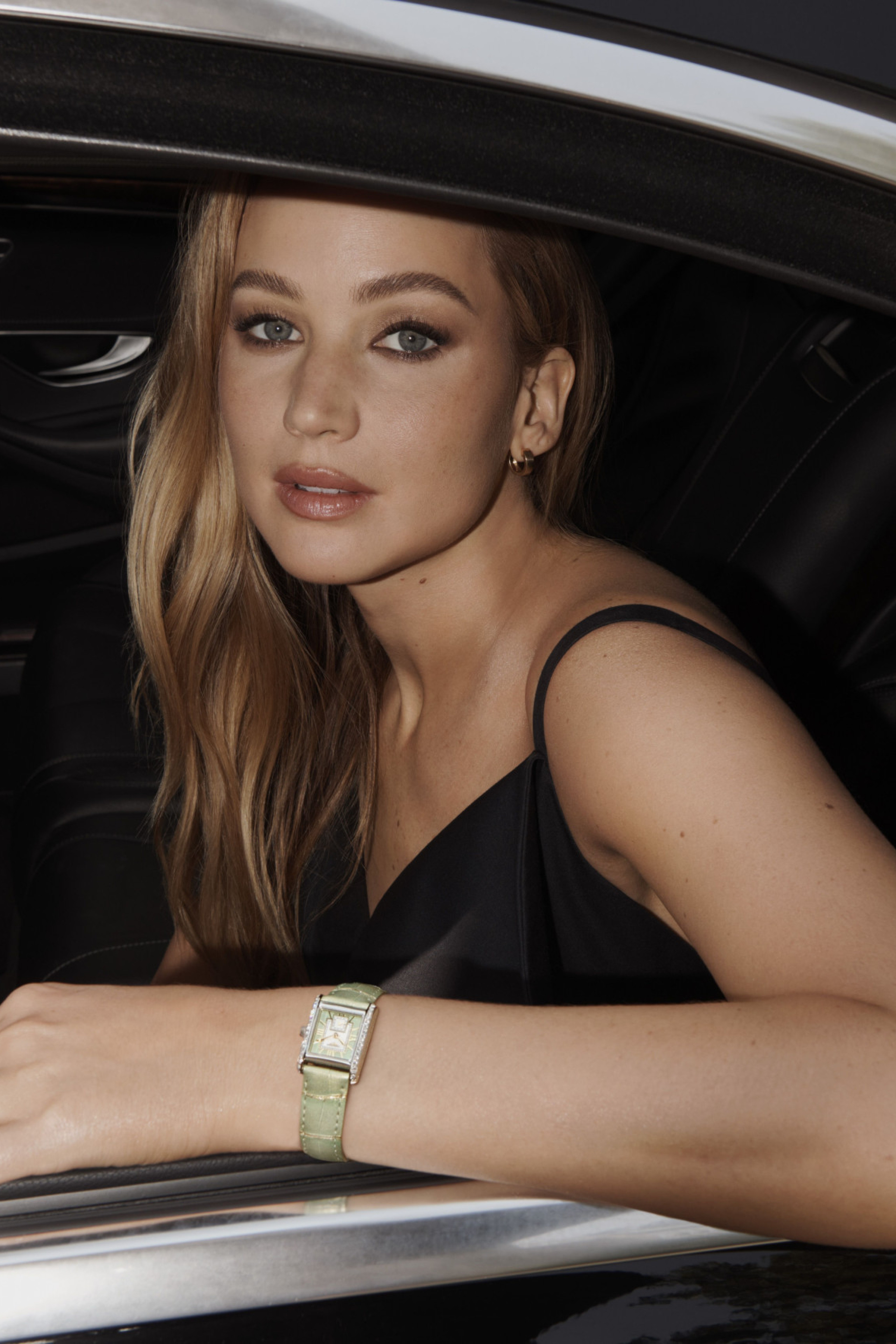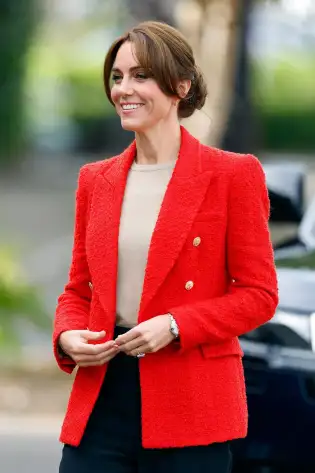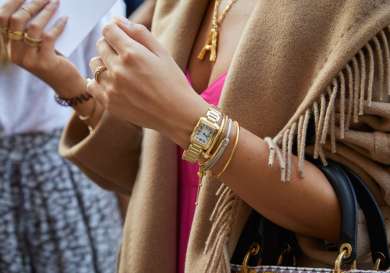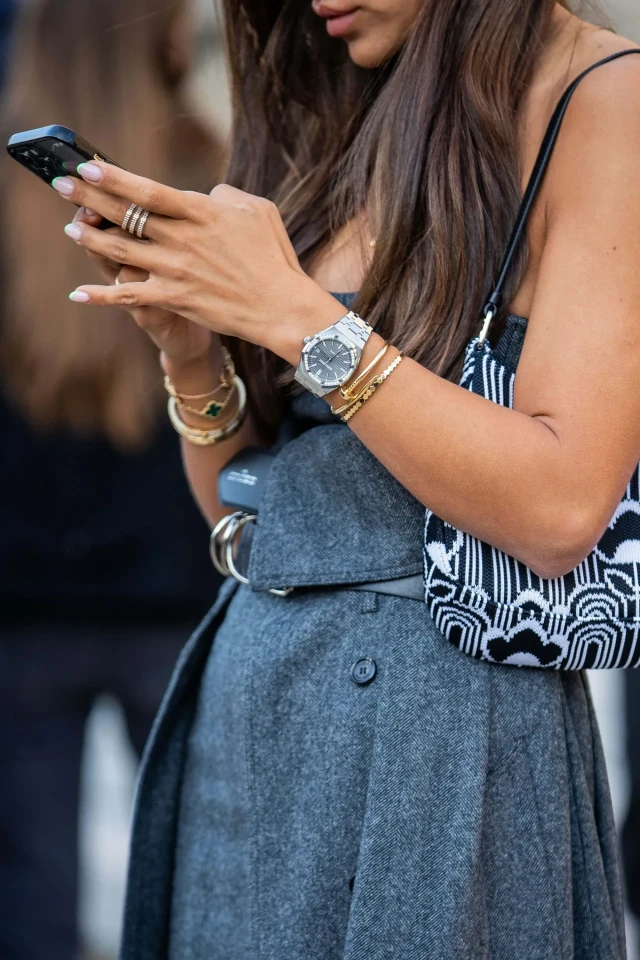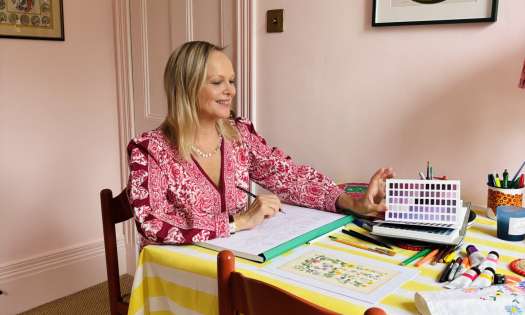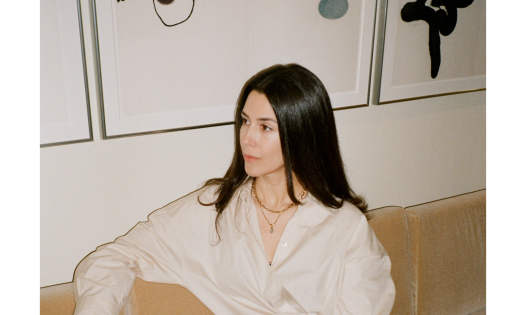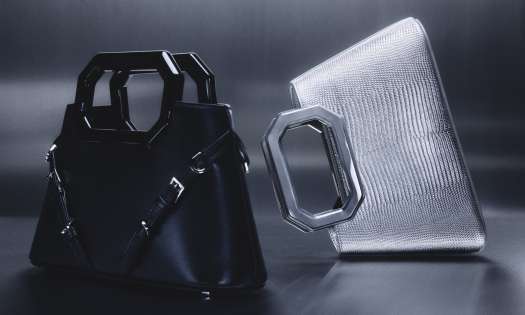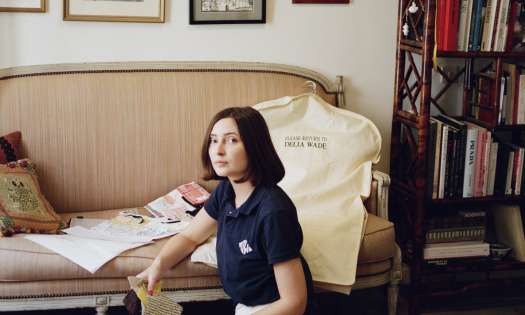Wristwatches were first for women
Though the recorded knowledge at the time is murky, the first wristwatch might have been given to Queen Elizabeth the 1st, famed for her love of fashion, according to Summer Anne Lee, Adjunct Faculty at the Fashion Institute of Technology. In 1571, she said the monarch was gifted a bracelet with a diamond-studded watch face attached; though the introduction of wristwatches to the mass market didn’t come until much later.
In more recent history, the 1920s to be exact, Lee said the fashion norms for women’s watches became stricter. The era of the roaring twenties was a never-ending party and partygoers denying the prohibition is an important detail to keep in mind. A reader wrote to Vogue to query wearing a wristwatch with her evening gown – and Vogue said no. The column said that during an evening event, you should look as though you’re having so much fun that you’ve forgotten what time it is – and wearing a watch doesn’t exactly support that statement. Soon after this period, secret watches became the norm for women of fashion to check the time, even at (perish the thought) a party. These delicate wrist watches flooded with diamonds and other precious stones with hidden watch faces became commonplace in the party circuit with those who could afford them. Brands like Van Cleef & Arpels and Harry Winston were hot on the heels of this "watches as an accessory” trend, and continue to make secret watches for the women of today.
The female lens on watches
Where does this historical context fit into modern-day watch trends? Well, we’re somewhat back to the same place as the 20s. Watches have traditionally been geared towards men, with the ladies’ collections being dialled down with less complex movements, pink or mother-of-pearl faces and diamond bezels. And what does a woman want? Probably not that. Women in the industry and the growth of the women’s section of horology haven’t necessarily been encouraged nor promoted, until recent years.
Brynn Wallner, watch expert and founder of DIMEPIECE, has been instrumental in making watches fun, and relevant to the cultural landscape. She said the approach to watches is changing, particularly for women. “You're looking at it as an accessory, which is what a lot of women were formerly excluded from,” she added.
Wallner said the practicalities of watches are only half of the story, and the best way to appreciate them is however you wish. “Most watch people I know don't even have their watches set” she said in an iPhone-crazed world that being elitist about minute details will send the industry backwards. Instead we should be open to having fun with timepieces as an accessory, not as an otherworldly creation with strict rules and boundaries surrounding its enjoyment.
